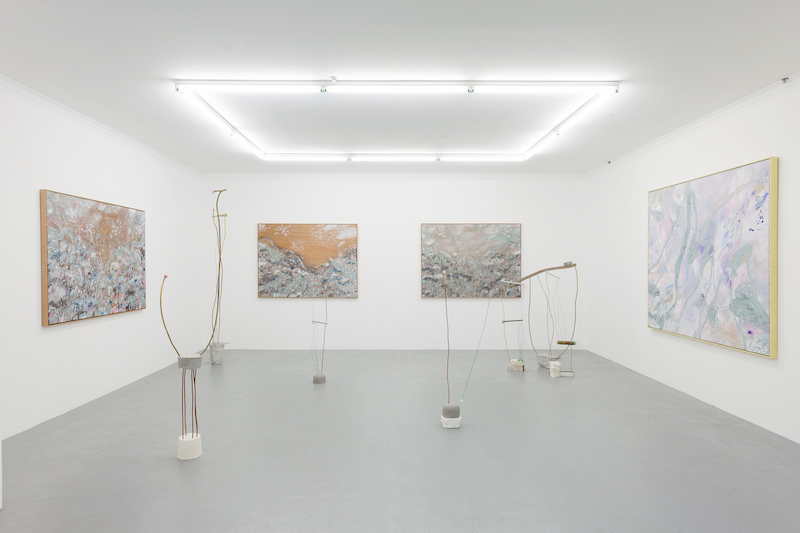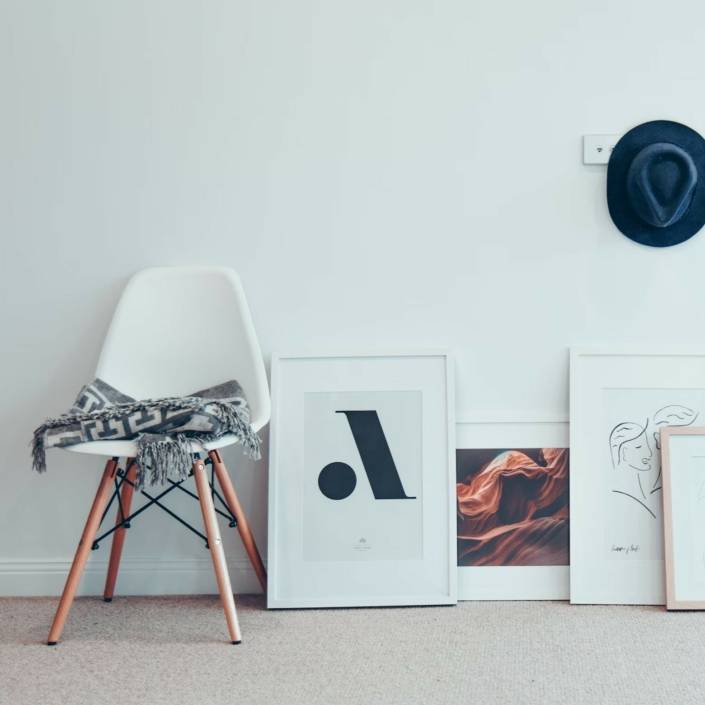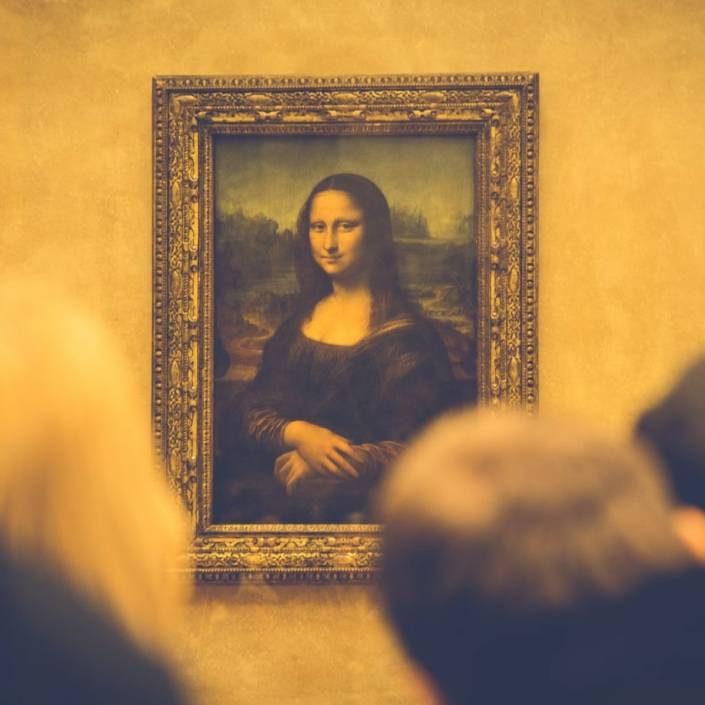Lifecycle Of A Collector: Expanded Collecting
Ready to take your collector journey to the next level? Introducing expanded collecting.
Words: Tai Mitsuji
“WHEN YOU TALK about a collector, most people think about someone who buys paintings for their house and buys works for their beach house, and then they are kind of done,” observes Sebastian Goldspink, curator and director of Sydney gallery Alaska Projects. But what happens next? What happens after this collector has filled both their houses? According the Goldspink, it is not the end of the story, but the beginning of one – a story that is built upon the idea of “expanded collecting”.
Expanded collecting is the practice of supporting artists more broadly, rather than simply purchasing their finished work. It is an idea that ruptures our entrenched notion of art collecting, by taking the relationship between the collector and the creative beyond the transactional. “It’s for those collectors that do stuff differently,” explains Goldspink. “It’s somewhere between philanthropy and collection. It’s not just about giving money to a project, it’s about being personally involved.” And this notion of involvement is absolutely key – a fact that Goldspink illustrates through analogy.
Goldspink describes an über-wealthy American industrialist, who owns a team that regularly competes in the Sydney to Hobart yacht race. When asked about his ownership, the industrialist purportedly explained: “I could buy a baseball team and I would have the best seats in the house. But with a yachting team they need people whose job is essentially just to run from one side of the boat to the other for weight, and I can do that. By buying a yachting team, I’m in the boat.” While the analogy feels alien in its detail – most people cannot buy a yacht, let alone a yachting team – the urge to be in the boat is understandable. And that is exactly what expanded collecting provides: it takes one on the artistic voyage and trans- forms them into a mariner.
One of the notable sailors that Goldspink points to is collector Clinton Bradley. “I’d describe my collecting style as very closely focused on an artist’s practice as opposed to specific works or outcomes,” Bradley explains. “I’m equally interested in the process and journey of how the work was gestated, as well as the actual work itself.” Indeed, Bradley will often travel overseas to support the work of the artists that he collects – most recently attend- ing the opening of Agatha Gothe-Snape’s solo exhibition at the Mori Art Museum in Tokyo, and participating in a performance by her and Anna John. Yet he is quick to qualify his status as a participant rather than a co-author of the work. “I’m very conscious of the autonomy of artists to create whatever they want from the resources and inspirations they choose,” he explains. “As a non-artist I’d be very hesitant to get involved in any aspect of the creation of their work”. Bradley’s comments raise an interesting issue regarding the tension that exists between supporting an artist and encroaching on their freedom; a concern that tends not to affect traditional forms of collecting.
Expanded collecting is more about support- ing an artistic vision – rather than usurping it. Programs such as Art Incubator – founded by collectors Teresa and Andre Biet – reflect these attempts to provide broader profession- al and financial support, and fill the void left by government funding. Art Incubator’s approach is many-pronged and includes financial support as well as mentoring, exhibitions and aid in securing acquisitions and further exposure. “The purchase of a completed art- work is not significantly different from com- missioning a piece, and I do not believe in influencing the artists in any way,” explains Teresa. “I don’t see what Art Incubator does as supporting the creation of a piece of art – it’s about assisting individuals to develop their careers.” Art Incubator’s concerns transcend the transactional and go to the heart of why supporting art remains critical – as Biet observes: “The importance of visual art goes way beyond its aesthetic appeal – it can play an invaluable role in shaping society”.
Exposing new art to new audiences was also the impetus for 3:33 Art Projects – a program which looks to redefine the traditional gallery model by literally bringing art to the people, and transforming commercial hubs into vibrant galleries. “The aim is to provide artists … with exposure,” explains, its principal, collector Max Germanos. “I wanted to break down the barriers between the art world and the business world.” But, more than that, Germanos’ initiative was prompted by the unshakable sense that Australian artists were not getting the recognition that they deserved. “So, in 2012, whilst working for Bank of America Merrill Lynch, I approached [CEO] Kevin Skelton and convinced the bank to remove its own art collection to host and celebrate individual art exhibitions,” he recounts.
Even in retrospect, this seems like a bold move – yet perhaps that’s what artists need today: bold moves and strong support. Indeed, talking with all of the collectors one sees the importance in taking art beyond a fast trans- action – and the pleasure in not only watching the yacht, but also helping to sail it.
This article was originally published in Art Collector issue 86, OCT-DEC, 2018.
Image: Installation view of Matt Bromhead’s Art Incubator- supported exhibition Longline, Galerie pompom, Sydney. COURTESY: THE ARTIST AND GALERIE POMPOM, SYDNEY. PHOTO: DOCQMENT.









